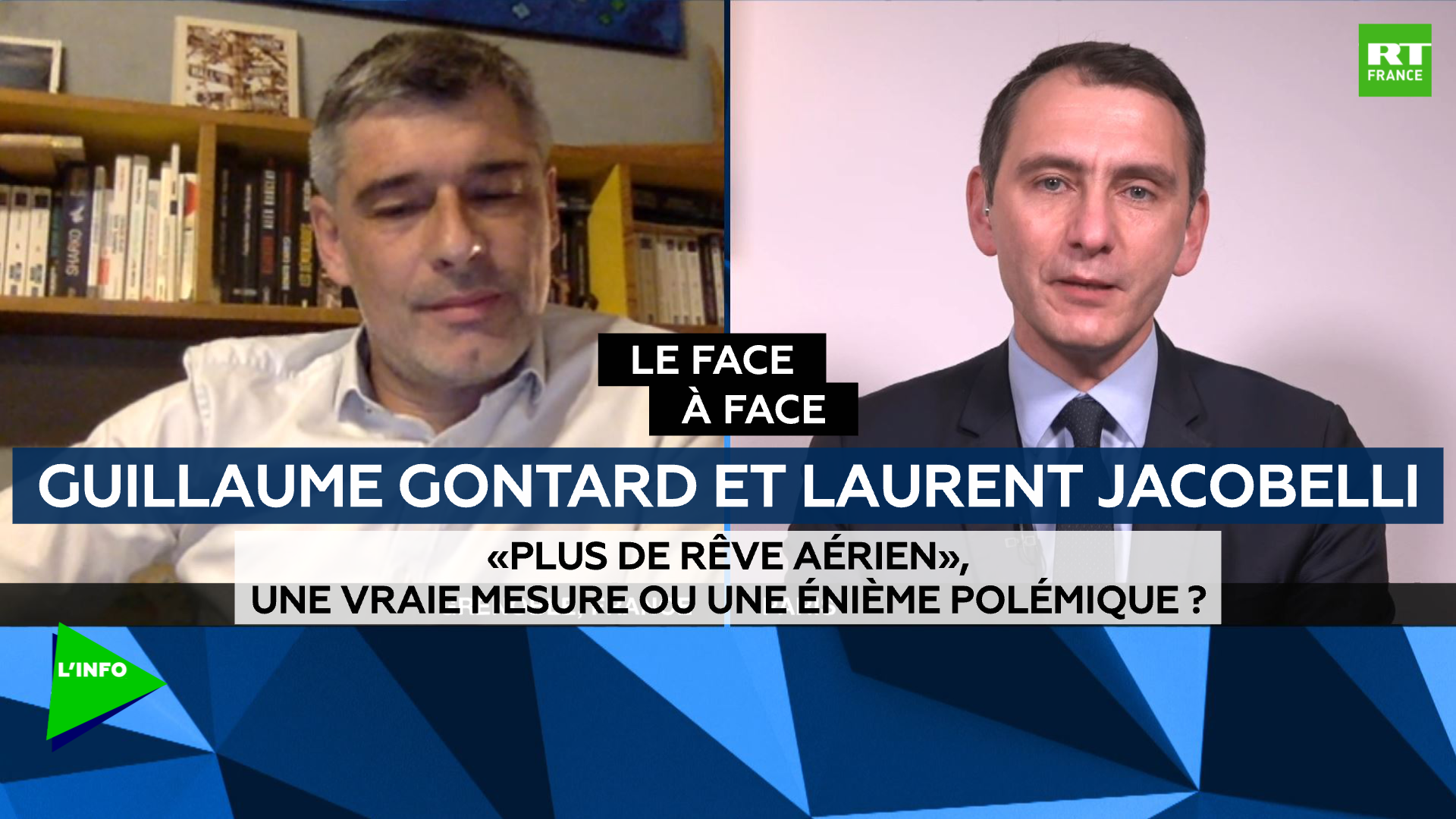The Stabat Mater by Pergolesi can be heard in the Haunsheim Trinity Church. The songs go to the heart
The motif of the Mother of Jesus standing under the cross, in which the deepest human experiences of grief are reflected, has for centuries stimulated painters as well as composers to artistic representation. This is also the case with Giovanni Battista Pergolesi from Naples, who completed his “Stabat Mater” in 1736 shortly before his death at the age of 26. In the prayer in the Haunsheimer Dreifaltigkeitskirche, which was very well attended under Corona conditions, from Good Friday was brought forward to Tuesday, an instrumental quintet under the direction of Heidrun Krech-Hemminger realized these reflections and images.
Two soloists, who met the high demands and perfectly matched one another, played a decisive role in a performance that touched the heart. Pastor Friedrich Martin translated the theological content. In his reflections, he addressed the pain, grief and burning love of the Blessed Mother in haunting words.
Pergolesi’s devout music, his intense piety full of poignant simplicity, but also with operatic echoes, was one of the most frequently performed works of his time. Even Johann Sebastian Bach took it up in a setting of the 51st Psalm, as did Mozart later in his Requiem. The small orchestra consisted of church music experienced instrumental experts, with Andreas Käßmeyer on the harpsichord, Stephanie Gierer on the cello and Bärbel Düthorn-Rinner on the viola reliably, effectively and confidently designed their accompanying figures. Marina Bögl and Heidrun Krech-Hemminger on the violins gave the musical structure an eloquent profile with melodic beauty and rhythmic clarity. This instrumentation enabled a high degree of transparency of the structure in the acoustically stable church space, which ranged from fugal to chord-supported accompaniment. The solo voices benefited from this and used their tasks extremely expressively. Iris Lutzmann has a warm, timbred, modulatory voice of great expressiveness, which she used in inspired musicality. Their dark alto flowed easily, elegantly and effortlessly, always aligned with the textual guidelines. Katharina Diana Brandel’s soprano was exquisitely beautiful in sound, technically perfect, good phrasing and the subtlety of her art of expression. With her completely seamlessly connected vocal register, she was able to rise from piano to dramatic passion.
Both singers were endowed with the abundance of melodies, they sang sensitive duets and emphasized the character in an inspired interpretation.
– .


